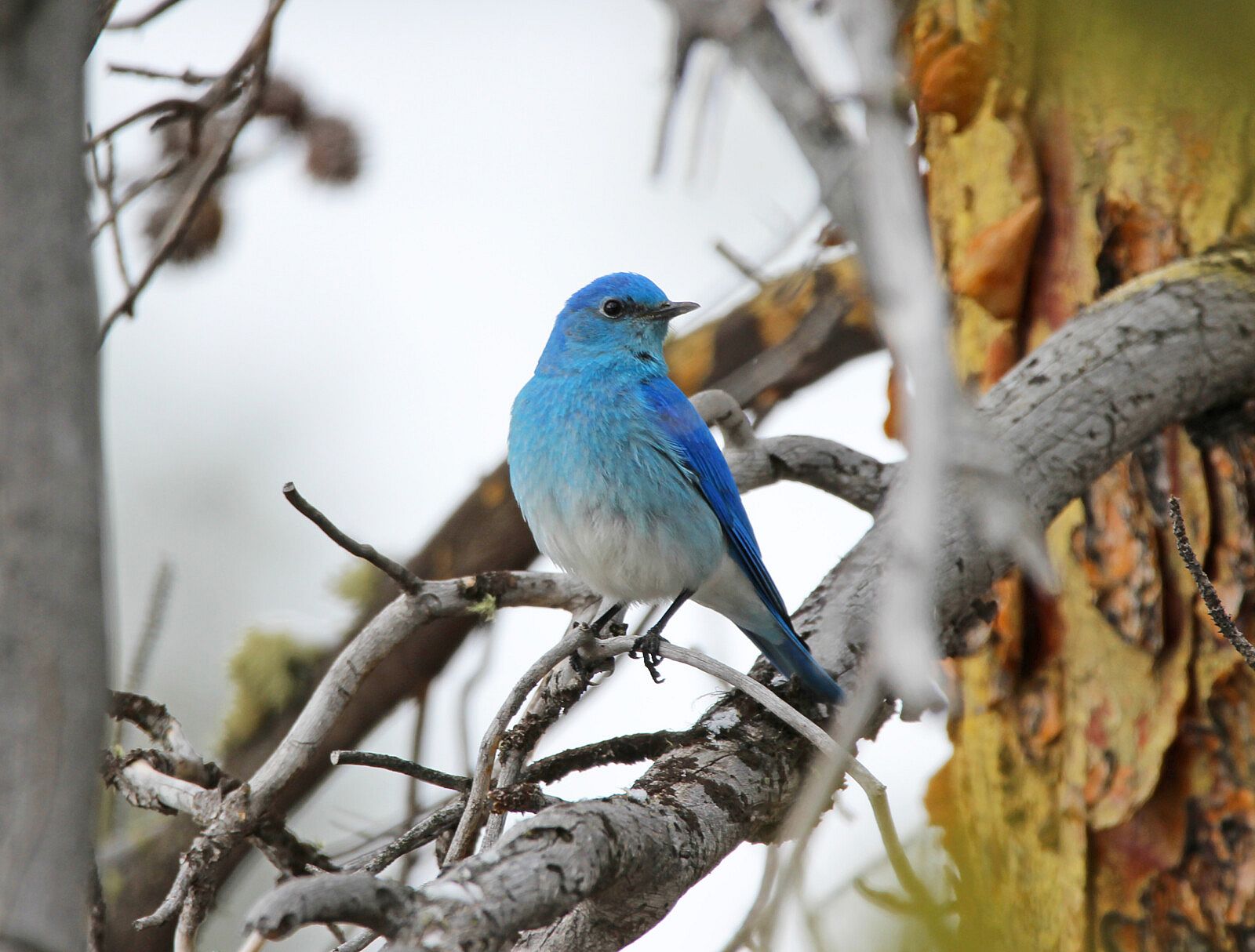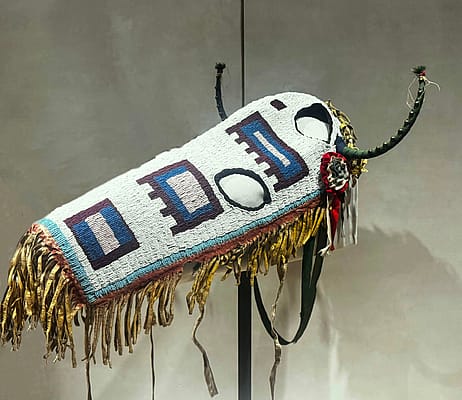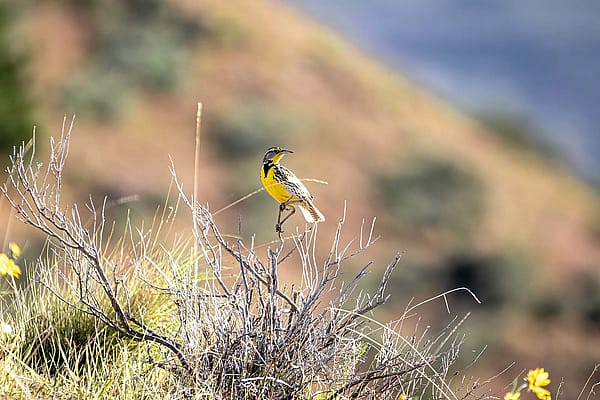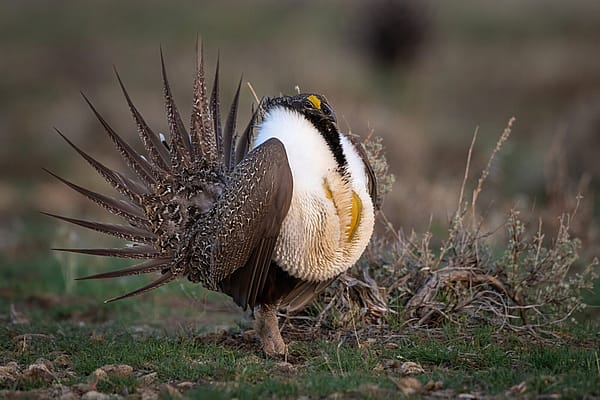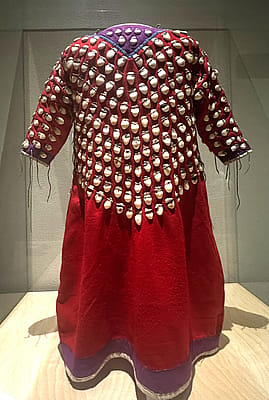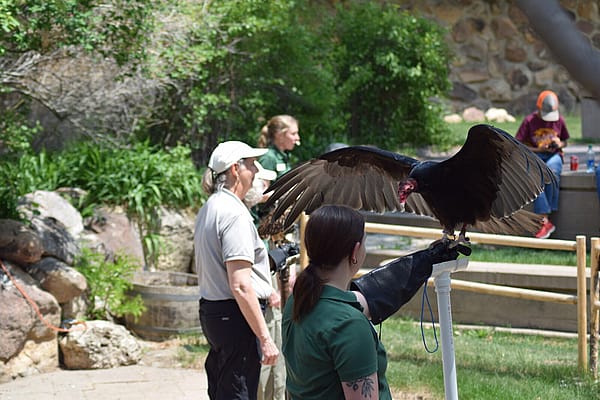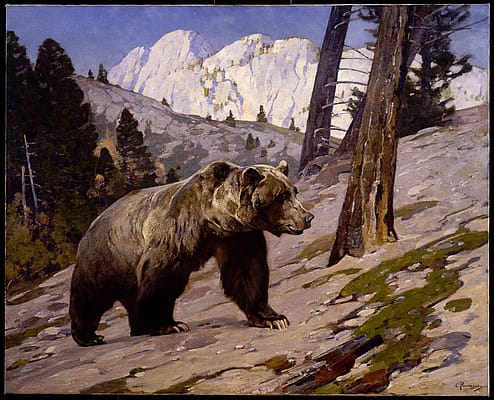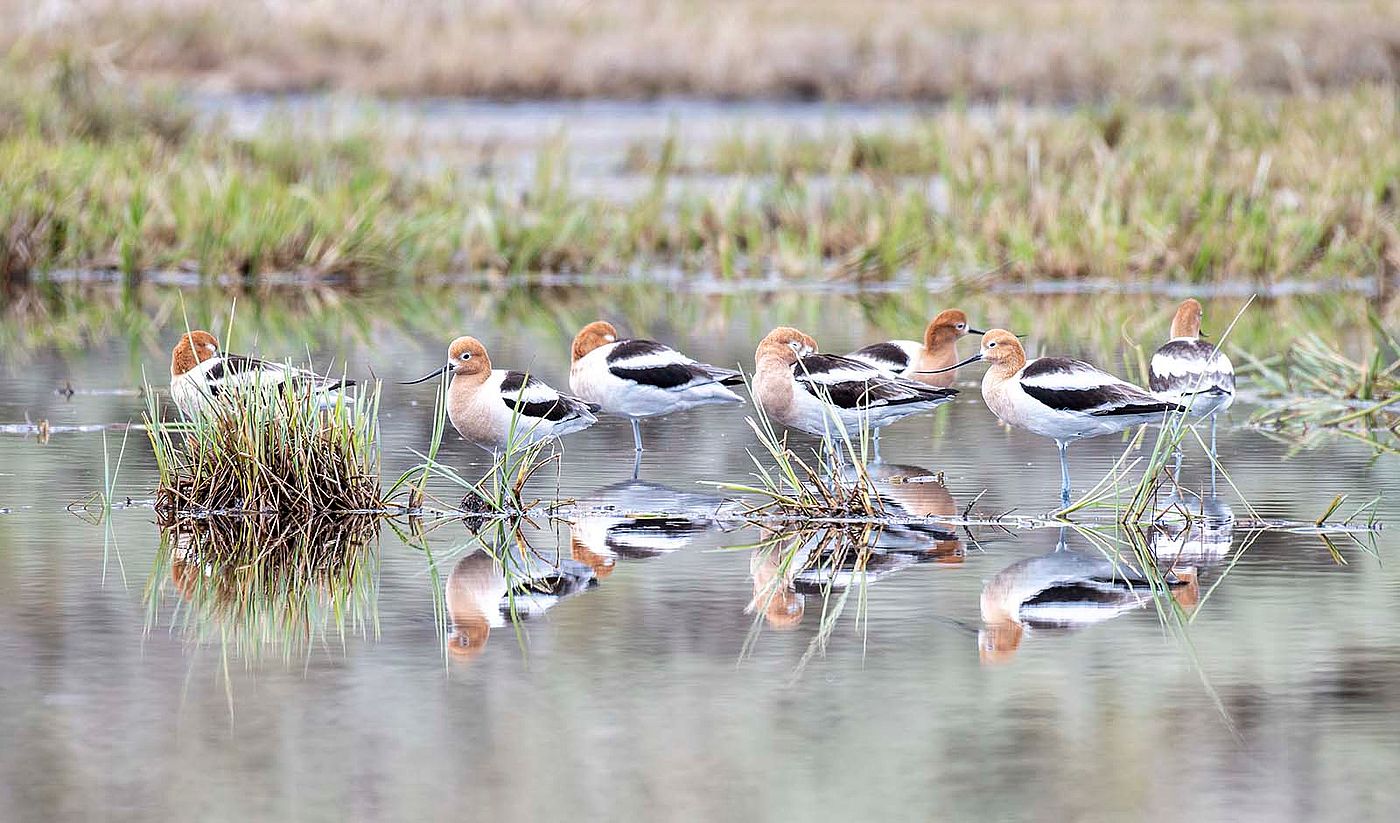
Wonders of Bird Migration
What is migration
Several different animal species come, spring and fall, move around between their breeding (summer) homes and their nonbreeding (winter) grounds. Deer, elk, butterflies, fish, birds, and many others all participate in migration!
What does migration look like for birds
Two main driving forces of migration are food and nesting locations. These resources are vital and constantly changing. Many birds move south in the fall to Mexico or South America as availability of food may decline with dropping temperatures. However, come springtime, the migrators move back up north to take advantage of growing insect populations, budding plants, and available nesting locations to breed and raise their young.
Migration is different for every bird species
Permanent residents like Great Horned Owls don’t have to migrate if they are able to find adequate food supply year-round.
Short-distance migrants like some songbirds only migrate between different elevations.
Medium-distance migrants like Jays and Bluebirds can cover distances spanning a few hundred miles.
Long-distance migrants like the Swainson’s Hawks travel 6,000 miles one direction from the United States to their wintering grounds in Uruguay.
Migration can be extremely challenging
Think about traveling in a car for several hundred miles, it can leave a person feeling worn out, hungry, and maybe even stressed. Now think, birds don’t get the added “safety” of traveling in a vehicle, they are exposed to all the elements along the way. They have the physical stress of the trip, and sometimes lack of adequate food supplies, bad weather, and limited places to stop and rest; while also being aware of avoiding predators. Birds’ physical and mental capabilities are extremely tested on these incredible journeys.
Ways to help migratory birds
There are several easy tips and tricks we can all do to help our migrating birds make it to their destinations more safely.
- Turn off the lights: As birds migrate through cities with large buildings and bright lights, they can become disoriented by the lights, causing billions of collisions. During critical migration periods, turn off all non-essential lights from 11 p.m. to sunrise.
- Make your yard a stopping place for birds to rest and refuel during spring migration: Put out bird baths and bird feeders – some for the hummingbirds too! Incorporating native plant species can increase insect populations, which in turn provides food and shelter for exhausted traveling birds.
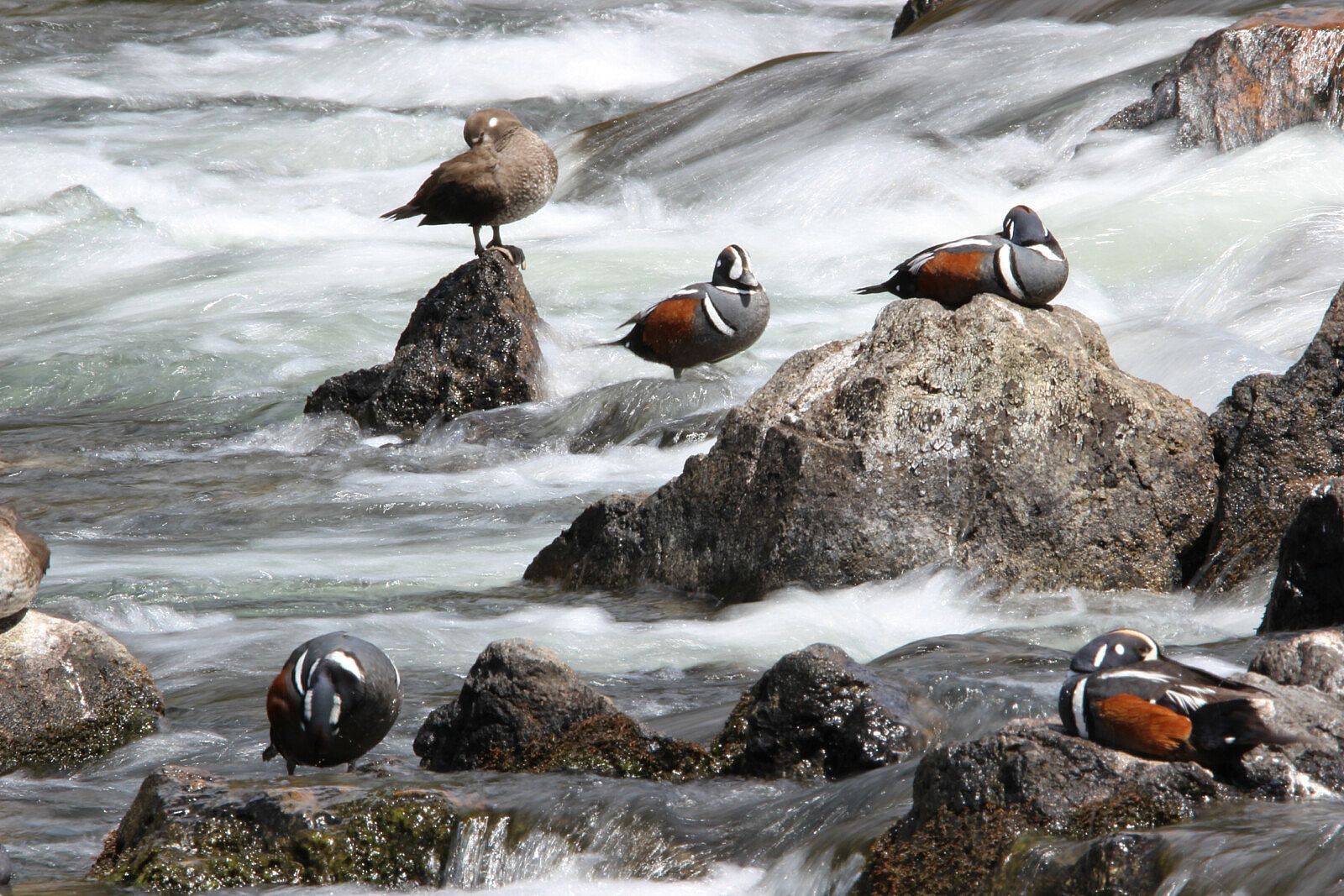
Be on the lookout for native species returning
The Greater Yellowstone Ecosystem welcomes back thousands of migrating songbirds, raptors, and waterfowl every year. Spring migration generally occurs from early February to the end of May. Keep your eyes to the skies these next couple months! You might be able to spot Turkey Vultures, Peregrine Falcons, Swainson’s Hawks, Red-tailed Hawks, and Osprey. You might also spot some fun waterfowl species including American Pelicans, American Avocets, and even Sandhill Cranes.
Links to track migrating birds across the globe and in our local area
Written By
Chloe Winkler
After earning her Bachelor's Degree in Zoology from the University of Wyoming, Chloe Winkler began volunteering with the Draper Museum Raptor Experience. She was the summer intern in 2021 and is now the seasonal raptor keeper/presenter for the program. Chloe loves every aspect of working hands-on with birds of prey. Everything from husbandry, creating enrichment, and giving educational programs. Chloe is passionate about sharing the birds' fun facts and their important conversational stories to guests from all over the world.
